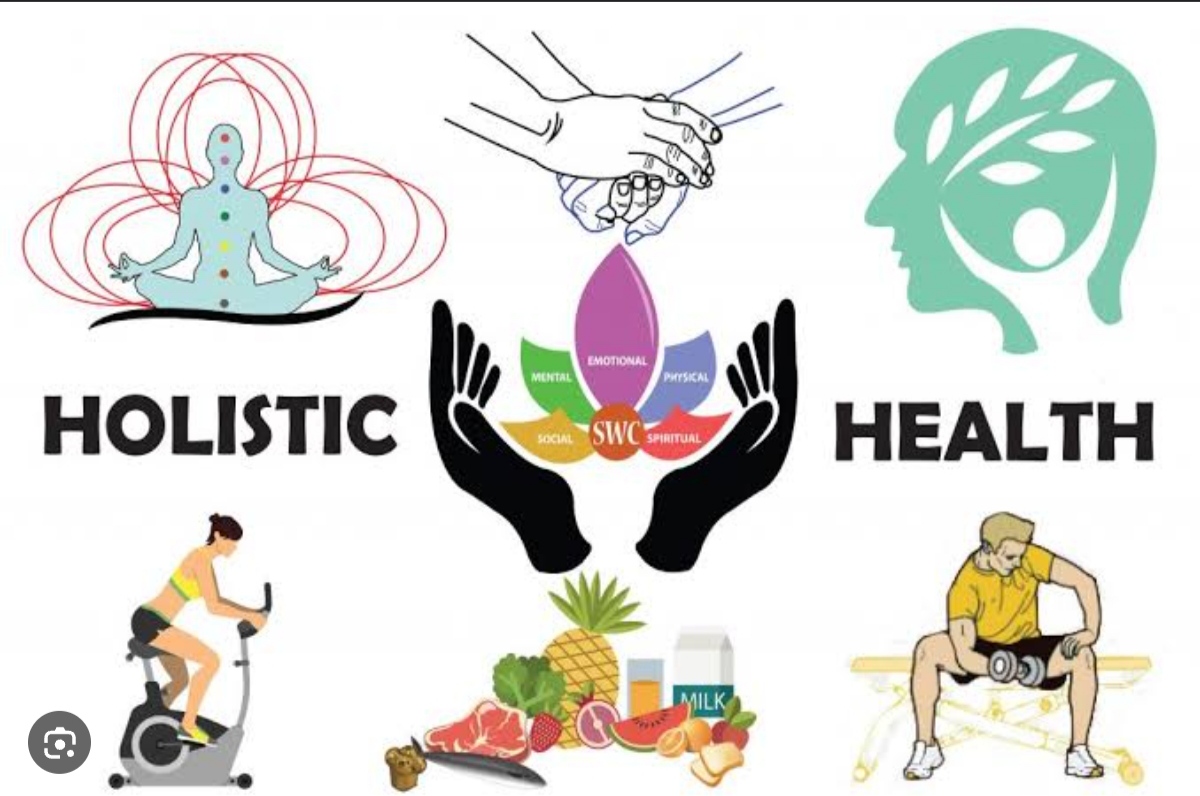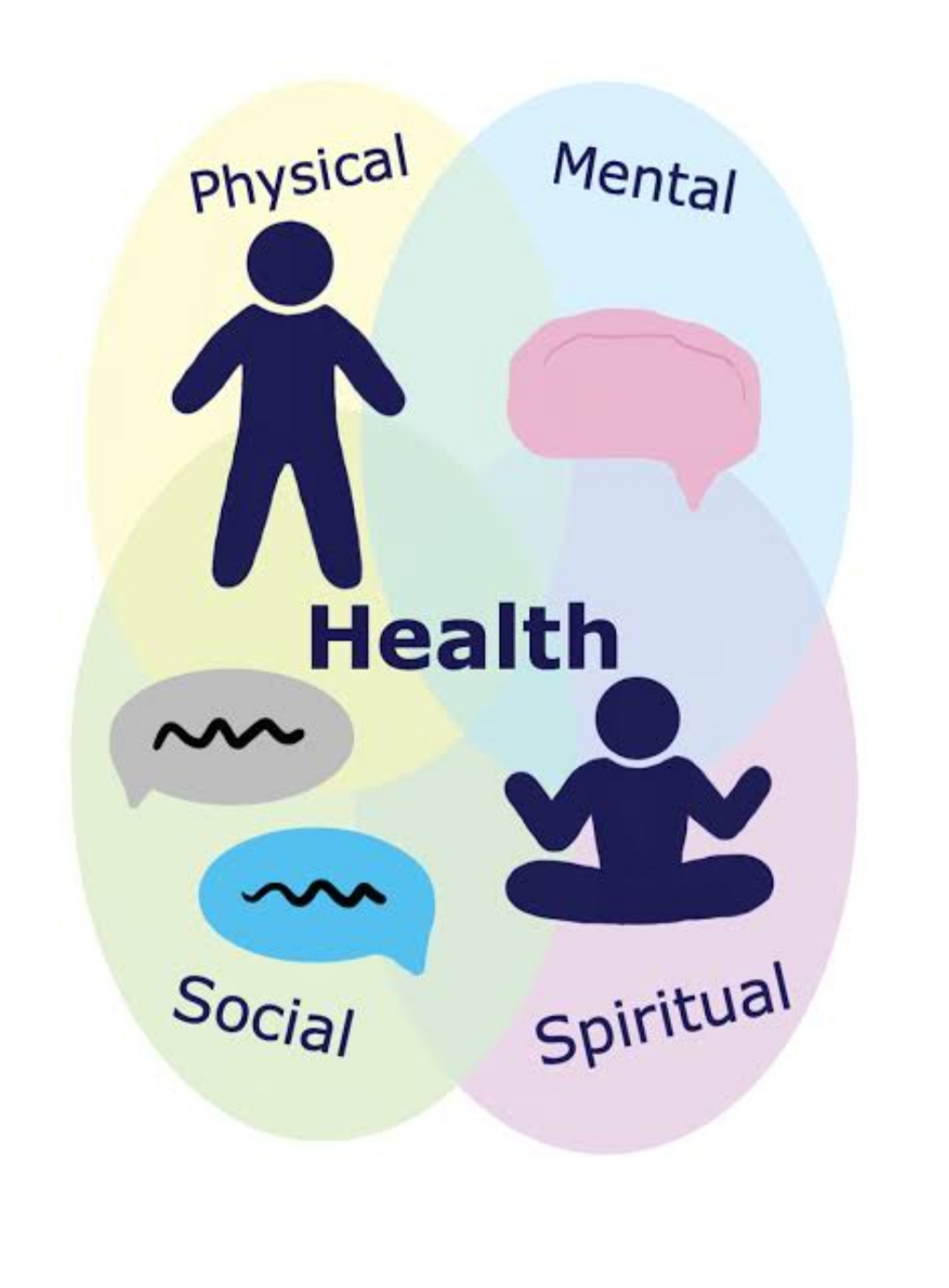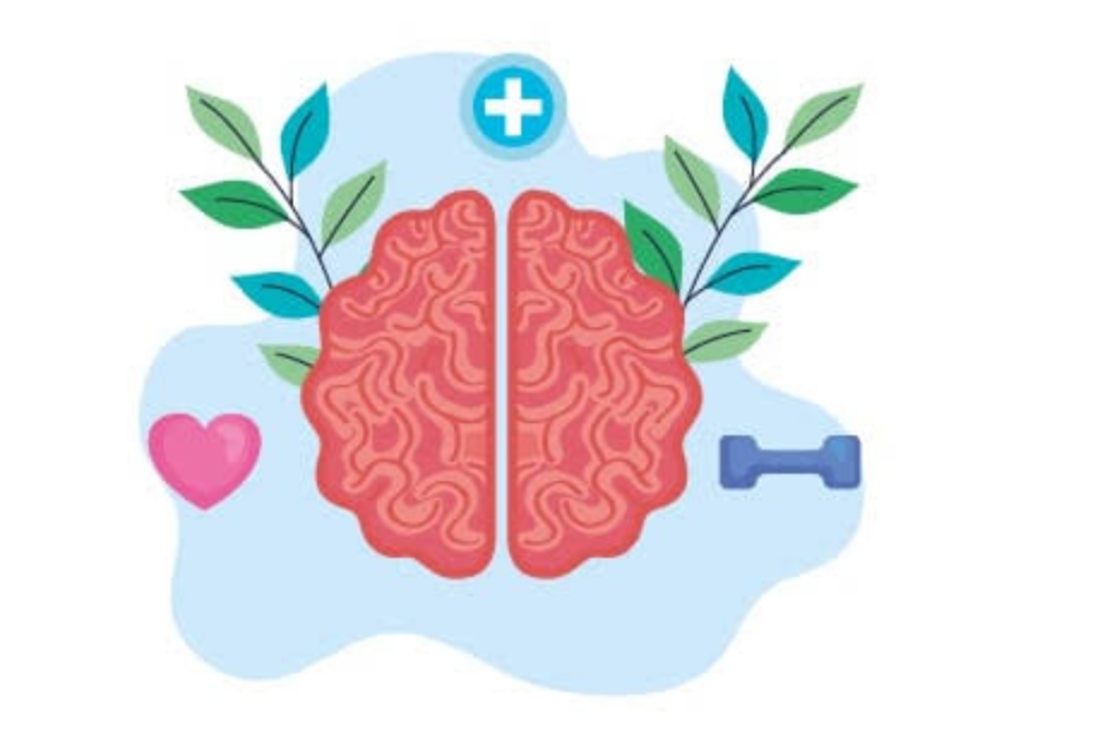Holistic Health Approaches: Integrating Traditional and Alternative Medicine for Comprehensive Wellness
Introduction
Nowadays, in the rapid fast-moving modern world, people are more and more interested in well-rounded health, achieving their health-related physical, emotional, and spiritual goals, and not only in biomedicine. The idea of holistic health, meeting the mind, the body, and the spirit, claims that good health can be achieved only when all three areas are in synergy . Below is the holistic health creed, intersection of biomedicine and alternative medicine, as well as the holistic health quoin.
Understanding Holistic Health
Recognizing that the human being has a body, mind, and spirit, holistic health emphasizes the importance of both treatment and prevention overall health. In fact, while conventional medicine helps with symptoms or diseases, Holistic health in cg identifies the root cause of the disease, another important concept linked to Holistic health care. Additionally, cg incorporates the notion that individuals are connected in every facet of their life ; intellectual, emotional, social, and spiritual.
Principles of Holistic Health
Several key principles underpin the practice of holistic health:
- Mind-Body Connection: Most importantly, holistic-health recognizes that mental and emotional factors can affect physical health and that physical health can cause psychological and emotional issues.
- Person – Centered Care: At the heart of holistic approaches to optimal health is the idea that everyone is different. As a result, a critical point about these approaches is that they target the therapy to the person. This is often based on the individual’s way of life, genetics, and what makes the individual “sense well.”
- Prevention and Wellness optimization: In actuality, human beings are much more energetic, meaning holistic treatment methodologies focus on the whole image as opposed to treating personal signs or isolated issues . Not only do these methodologies discover and deal with the reason for illness – consisting of the lifestyle alternatives that can restriction optimal health – they also promote functions established to prevent that happened .
- Many different treatments modalities primarily natural: Alongside these factors, holistic paradigm embraces many diverse remedies in a single’s struggle for health. Amongst the most popular natural treatments are nutrition, herbal medicine, and acupuncture. Other not uncommonplace remedies are massage, meditation and assorted religious healing practices perceived as power treatments by Reiki healings.
Combining Conventional and Alternative Medicine
Combining conventional and complementary medical techniques to offer all-encompassing care is one of the defining characteristics of holistic health. Western or allopathic medicine, also known as traditional medicine, is founded on scientific data and usually consists of pharmaceuticals, surgery, and other conventional treatments. A wide variety of therapeutic techniques that may not be utilized in traditional medical practice but are nevertheless employed to advance health and wellness are included in alternative medicine.
Examples of Traditional and Alternative Medicine Practices
1.Traditional Chinese Medicine (TCM): TCM includes various techniques like tai chi, qigong, herbal medicine, and acupuncture that are intended to bring the body back into harmony and balance.
- Ayurveda: With roots in ancient India, Ayurveda emphasizes the harmony of the three doshas (Pitta, Kapha, and Vata) and encompasses treatments like herbal remedies, meditation, yoga, and dietary adjustments.
- Naturopathy: Nutrition, herbal remedies, hydrotherapy, and lifestyle counseling are examples of natural therapies that are used to support the body’s innate capacity for self-healing.
- Homeopathy: Based on the idea that “like cures like,” homeopathy uses extremely diluted drugs to support the body’s natural healing processes and address underlying imbalances.
- Mind-Body Therapies: Mind-body practices like yoga, guided imagery, hypnosis, and meditation help people relax, reduce stress, and feel better emotionally, all of which are beneficial to general health.
Benefits of Integrative Holistic Health Approaches
The integration of traditional and alternative medicine offers several potential benefits for individuals seeking comprehensive wellness:
Personalized Care: Integrative health professionals adopt a wholistic perspective, taking into account each patient’s particular requirements, preferences, and situation when creating a treatment plan.
- Complementary Therapies: By reducing side effects and increasing efficacy, alternative modalities can be used in conjunction with traditional treatments.
- Empowerment and Self-Healing: By encouraging a sense of autonomy and self-efficacy, integrative approaches enable people to actively participate in their healing process.
- Addressing Root Causes: Rather than focusing solely on symptom relief, holistic approaches seek to address the underlying causes of health problems in order to promote long-term healing and prevention.
- Enhanced Well-Being: Integrative holistic health approaches promote general well-being and quality of life by addressing the interconnection of mind, body, and spirit.
Challenges and Considerations
While integrative holistic health approaches offer many benefits, they also present challenges and considerations:
Limited Research and Evidence: Certain complementary therapies need to be carefully evaluated and scrutinized because there is insufficient scientific evidence to support their efficacy and safety.
- Integration and Collaboration: Respect for one another’s expertise, cooperation, and open communication are necessary for the successful integration of conventional and alternative modalities among healthcare professionals.
- Access and Affordability: Disparities in healthcare access and delivery are highlighted by the possibility that integrated healthcare services are not easily available or affordable for certain people.
- Regulation and Credentialing: There are significant differences in the regulation and credentialing of practitioners of alternative medicine, which raises questions regarding patient safety and quality assurance.
- Patient Education and Informed Consent: In order for patients to make knowledgeable decisions regarding their healthcare, they must be fully informed about the dangers, advantages, and restrictions of integrative therapies.
Conclusion
Understanding the connection between the mind, body, and spirit, integrative holistic health approaches provide a thorough framework for promoting optimal health and wellness. A wide variety of healing modalities catered to each person’s particular needs and preferences can be accessed through the integration of traditional and alternative medicine practices. Notwithstanding certain difficulties, more research is necessary to fully realize the potential advantages of integrative holistic health methods.
References
- National Center for Complementary and Integrative Health. (n.d.). Complementary, alternative, or integrative health: What’s in a name? Retrieved from https://www.nccih.nih.gov/health/complementary-alternative-or-integrative-health-whats-in-a-name
- World Health Organization. (2018). WHO traditional medicine strategy: 2014-2023. Retrieved from https://www.who.int/medicines/publications/traditional/trm_strategy14_23/en/
































